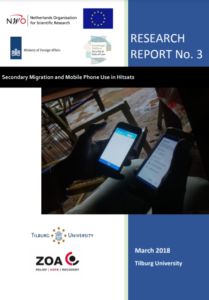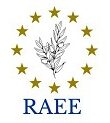Author: Rick Schoenmaeckers
Year: March, 2019
Language: English
Published By: Tilburg University

Introduction
The conducted research project includes a data collection period of two months (15 June-18 August). In these months I have lived closely together with the residents of Hitsats Eritrean Refugee camp in order to see, and to understand their way of living in the digital era, with the focus on education.
Furthermore, I have conducted research on motives for, and incentives against secondary migration of unaccompanied minors and youth. Besides my research on unaccompanied minors and youth, I also assisted my colleague Selam Kidane with her research on trauma. For the purpose of her research, she developed EMDR self-help videos, and discovered the possibilities for these videos on mobile phones. I looked into the mobile phone use of Kidane’s respondents. I scrutinized the use of the mobile phones, and mapped out the mobile phone architecture while I was introducing the application 24COMS (www.24coms.com) (Mobile phone architecture reports, Appendix 1-3).
This application provides a secured communication platform that can (possibly) serve as a platform for education, provider for the trauma self-help videos, and communication tool in low connectivity contexts – such as Hitsats. Additionally, during my stay in Ethiopia, I enforced and created contacts with partners, and the government. I organised meetings with partners when my colleagues and the project coordinator visited Ethiopia. Additionally, I organised a conference with our partner University: Mekelle University (Conference summary, Appendix 4).
